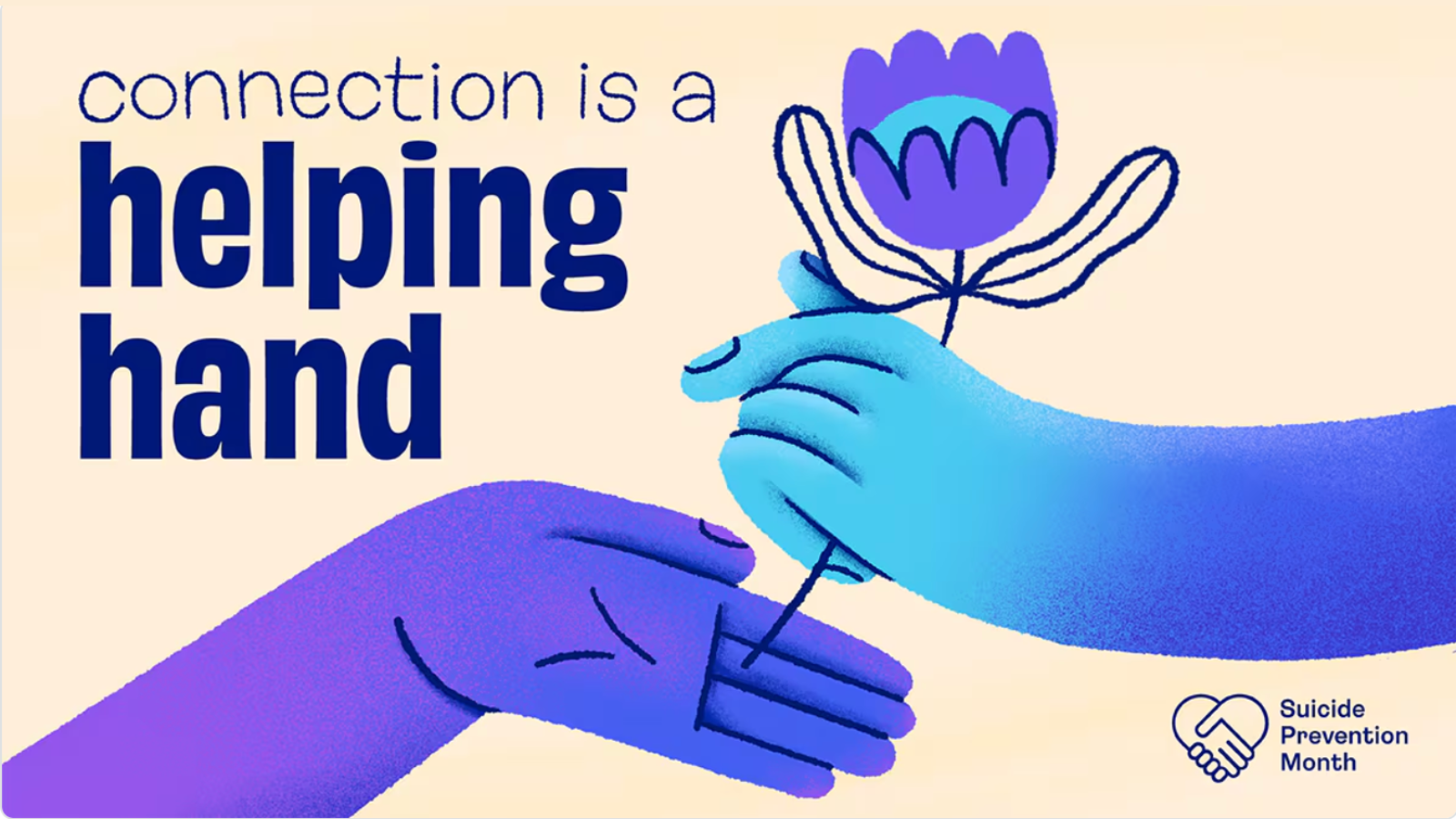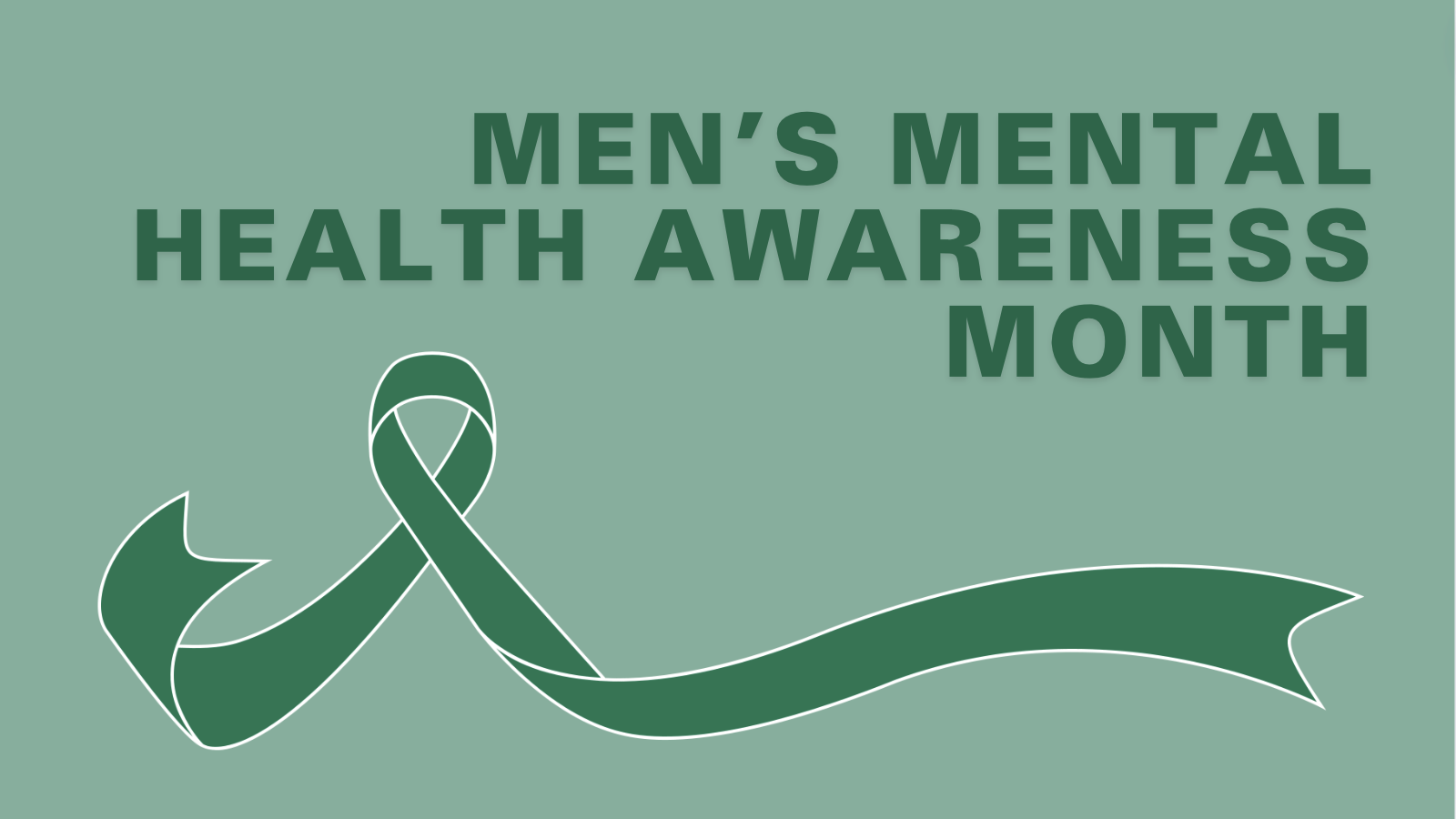September is Suicide Prevention Month
Help Fight the Stigma Surrounding Suicide

September is Suicide Prevention Month (SPM) and September 10 is Worldwide Suicide Prevention Day. According to the 2021 Leading Cause of Death Reports from the Centers for Disease Control and Prevention (CDC), “[suicide] was the eleventh leading cause of death overall in the United States” (NIH). This means that over 48,100 people in the U.S. died by committing suicide in 2021 alone. Worldwide, it is estimated that over 700,000 people die each year from suicide (WHO). Furthermore, “suicide is the second leading cause of death among individuals between the ages of 10-14 and 25-34, the third leading cause of death for individuals between the ages of 15-24, and the fifth leading cause of death among individuals between the ages of 35 and 44” (NIH).
Suicide is a prevalent problem that affects individuals of every age and background. Depression and alcohol use disorders are often linked to suicide, but suicide is not limited to a certain group or caused by any one specific reason (American Psychiatry Association). Anyone can struggle with their mental health.
The Risk Factors
The Center for Disease Control (CDC) provides a list of factors that contribute to suicide risk. These factors may be related to the individual, relationship, community, and/or societal. The list is provided below.
Individual Risk Factors
- Previous suicide attempt
- History of depression and other mental illness
- Serious illness such as chronic pain
- Criminal/legal problems
- Job/financial problems or loss
- Impulsive or aggressive tendencies
- Substance use
- Current or prior history of adverse childhood experiences
- Sense of hopelessness
- Violence victimization and/or perpetration
Relationship Risk Factors
- Bullying
- Family/loved one’s history of suicide
- Loss of relationships
- High conflict or violence relationships
- Social isolation
Community Risk Factors
- Lack of access to healthcare
- Suicide cluster in the community
- Stress of acculturation
- Community violence
- Historical trauma
- Discrimination
Societal Risk Factors
- Stigma associated with help-seeking and mental illness
- Easy access to lethal means of suicide among people at risk
- Unsafe media portrayals of suicide
Protective Factors
However, there are also factors that can protect people from suicide. We will now take a look at the Center for Disease Control’s list of individual, relationship, community, and societal protective factors (Center for Disease Control, 2024).
Individual Protective Factors
- Effective coping and problem-solving skills
- Reasons for living (family, friends, pets, etc.)
- Strong sense of cultural identity
Relationship Protective Factors
- Support from partners, friends, and family
- Feeling connected to others
Community Protective Factors
- Feeling connected to school, community, and other social institutions
- Availability to consistent and high quality physical and behavioral healthcare
Societal Protective Factors
- Reduced access to lethal means of suicide among people at risk
- Cultural, religious, or moral objections to suicide
Deconstructing Stigma and Myths Surrounding Suicide
That is why it is crucial to spreading awareness. National Suicide Prevention Week and World Suicide Prevention Day (acknowledged annually on September 10) are meant to bring awareness to the importance of breaking the stigma that surrounds mental health issues, including suicide. There are many stigmas surrounding suicide, as well as myths. Some of these myths include the following.
- MYTH: Suicide attempts or deaths happen without warning.
- Although intention can be hidden, there are often many warnings and signs that are not recognized as intention. These warnings could include a recent suicide (or death by other means) of a relative or friend; previous suicide attempts; preoccupation with thoughts of death; depression; substance use; giving away prized possessions; extreme and sudden changes in sleep, eating habits, and/or weight; withdrawal; personality changes (nervousness, recklessness, apathy, etc.); frequent irritability; lack of interest in the future; and more.
- MYTH: Once a person is intent on suicide, they cannot be stopped.
- Suicides can be prevented and people can get the help they need. Suicidal thoughts and crises can sometimes be short-lived. Immediate help (like staying with the person, encouraging them to talk, helping build plans for the future, etc.) can avert the intention to attempt suicide. Appropriate counseling is necessary.
- MYTH: People who threaten suicide are simply seeking attention.
- All suicide attempts need to be treated as though the person has the intent to die. It is imperative to not discount someone’s mention or intent as an attention-seeking tactic. Giving someone who mentions or attempts suicide the proper attention may very well save their life.
- MYTH: Only certain types of people become suicide.
- Although it is unlikely that individuals who do not have the predisposing conditions (like depression, conduct disorder, substance use, feelings of rejection, rage, emotional pain and anger, etc.) will die by suicide, everyone has the potential for suicide.
- MYTH: People who think about or attempt suicide are insane or mentally ill.
- Although people who are considering suicide are more likely to be extremely unhappy and may be classified as having a mood disorder (such as depression), most people simply need help and are struggling.
These are just a few of the stigmas and misconceptions people have about suicide and individuals who are suicidal or have attempted suicide. If you would like to look at more myths, you can visit the Nevada Division of Public and Behavioral Health’s Myths and Facts. Beyond some of the misconceptions, we also want to take a moment to discuss some of the warning signs of suicide in more detail.
The Warning Signs
Although there are many warning signs that can indicate that someone is thinking about suicide, there is not exhaustive list. Furthermore, some individuals may be more successful at hiding these warnings. It is important to know that while it is important to be aware of signs, it is not possible to prevent every suicide. However, knowing what these signs look like can potentially save a life.
According to the National Institute of Mental Health, these are some of the common warning signs of suicide.
Suicide Warning Signs
- Talking about wanting to die
- Expressing immense guilt or shame
- Talking about and/or feeling like a burden to others
- Feeling empty, hopeless, trapped, or having no reason to live
- Experiencing feelings of extreme sadness, anxiety, agitation, or rage
- Unbearable emotional or physical pain
- Making a plan or researching ways to die
- Withdrawing from friends, saying goodbye, giving away important items, or making a will
- Taking dangerous risks such as driving extremely fast
- Displaying extreme mood swings
- Eating or sleeping more or less
- Using drugs or alcohol more often
Knowing and being able to recognize these warning signs can save lives. In addition, our Center would like to share suicide prevention resources. This list of resources are from NC State, North Carolina, and the United States so that regardless of location, you can share one or more of these resources during National Suicide Prevention Week. Also, if you are struggling with your mental health and thinking about suicide, there are resources available. You are not alone.
Mental Health Resources
NC State Resources
- NC State offers Suicide Prevention Services. These efforts work to minimize identified risk factors and increase protective factors related to suicidality; increase social connectivity on campus; increase awareness of campus resources and outreach efforts; educate students, faculty and staff about how to recognize suicidal signs; and decrease stigma around suicide and mental health help-seeking behavior by increasing awareness.
- The NC State Counseling Center offers a variety of mental health services, including drop-in support, workshops, group counseling, individual counseling, embedded counseling, academic counseling, off-campus referrals, teletherapy platform, addictive behavior counseling, sexual assault and interpersonal violence counseling, psychiatric services, and career counseling. You can schedule an appointment with the Counseling Center.
- Within the NC State community, you can call (919) 515-2423 to speak with a counselor.
North Carolina Resources
- The North Carolina Suicide Prevention Resource Center provides a compiled list of all the state and community organizations and prevention plans in the state.
- You can call 911 and ask for a Crisis Intervention Team (CIT) member. CIT members have received specialized training for responding to individuals experiencing a behavioral health, substance use or developmental disability crisis.
The North Carolina Chapter of the American Foundation for Suicide Prevention (AFSP) brings together people from all backgrounds who want to prevent suicide in North Carolina.
National Resources
- You can call 988 for the National Suicide Hotline
- The American Foundation for Suicide Prevention (AFSP) offers an Interactive Screening Program, which allows a person who is struggling with mental health issues to anonymously fill out a questionnaire about their symptoms and be connected to a dedicated counselor who can help connect them with the mental health resources they need
The Department of Mental Health offers a list of Suicide Prevention Resources at a national level.
National Suicide Prevention Month challenges all of us make an impact by understanding the risk factors, recognizing the warning signs, learning about the resources available, and having the courage to have difficult but necessary conversations with the people we care about. Our Center encourages you to get connected online. You can repost, like and engage with content related to National Suicide Prevention to spread awareness, educate others and decrease stigma. Follow us on social media (@cfacencstate) for more Suicide Prevention Month (SPM) content.
- Categories:


